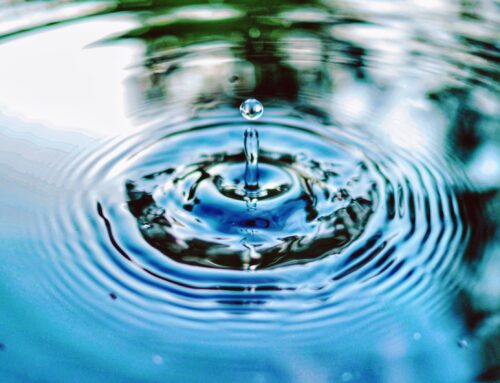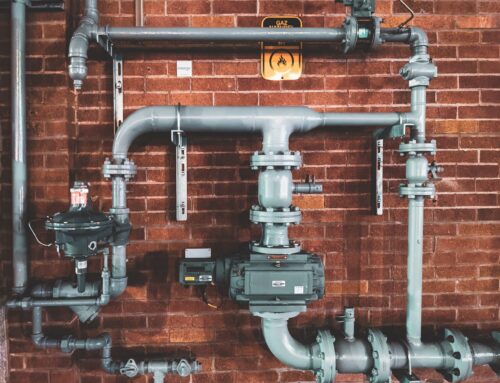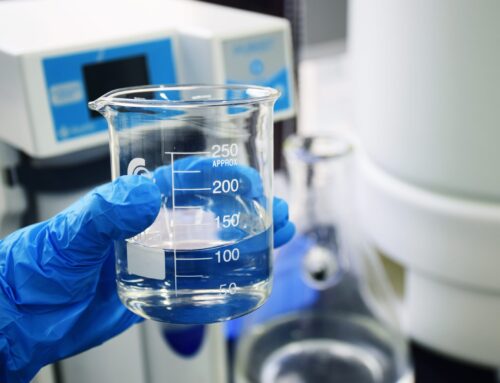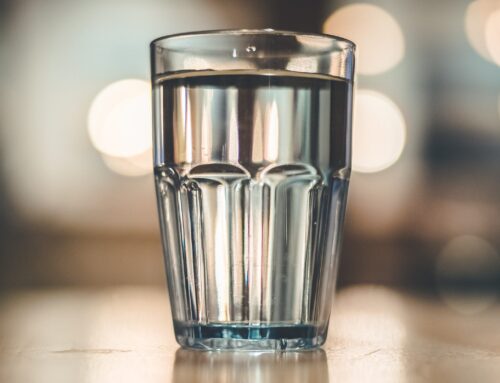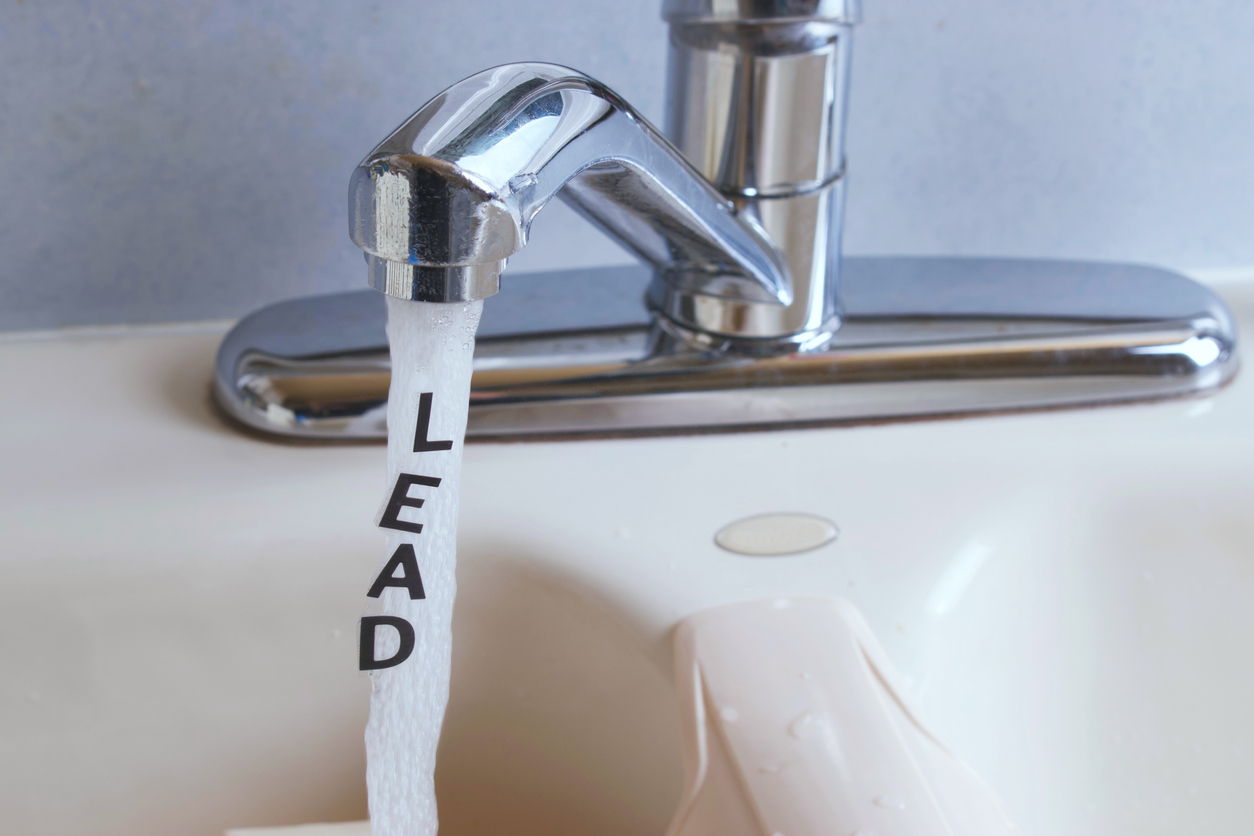
Lead in Drinking Water
Recently, elevated lead levels have been found in the drinking water of homes in St. Paul, Minnesota. In the wake of these findings here are some basic reminders regarding lead in our water.
Lead is a contaminant we do not want in our drinking water. The EPA has set a Maximum Contamination Level (MCL) of 15ppb (Parts Per Billion) for lead in water. However, the goal for zero health risk is to have 0ppb, also known as the MCLG. This goal should be used for drinking water consumption, especially with children.
How does lead get into my water?
Naturally occurring lead contamination is rare. When lead is found in your water it is likely coming from pipes, leaded solder used in joining copper plumbing, and older or Non-NSF (National Sanitation Foundation) certified faucets that contain lead in the internal metal components. When water comes in contact with leaded components, lead enters the water. Generally, the longer the contact the higher the level of lead. Because this, the first draw of water in the morning after an extended period of no water use will contain the highest levels of lead.
How to remove lead from drinking water?
- Drinking Water Filter. A quality drinking water filter will contain a NSF or WQA Gold Seal certification for lead removal. Drinking Water Filters should considered by Everyone in every owned home, rented apartment or businesses providing water to the public. This was made clear in the 2010 President’s Anti-Cancer Panel. We are continuously learning of new exposures of containments such as LEAD and the PFAS forever chemicals that are easily avoided by filtering our drinking water.
- Let the water run. If you do not have access to a lead rated drinking water filter or an alternative source of water such as purified bottled water than you can let the water run for 15-30 seconds before drinking. This method does not remove lead or prevent lead from entering the water, but rather purges the stagnant water that was adsorbing lead into it. This method should be used as a temporary means until proper methods can be obtained.
- Identify the source of the lead and correct it. This can easily be done if older lead plumbing or an older water fixture can be identified. However, if the service line to the home is lead, this can be an expensive option if the responsibility of the leaded pipe lies on the property owner.
- Whole House Filters. With the advancement in water filtering technologies lead can now be removed as it enters the home or dwelling which is referred to Point of Entry filtration. By filtering at the point of entry, rather than the point of usage such as an under sink filtering device, filtered water can be provided at every tap in the house. However, because lead can be introduced by plumbing and fixtures throughout the house, there is a potential for lead to be introduced after the whole house filter. This is important to identify if the purpose of the whole house filter is for lead reduction.
How do I consult with an experienced water filtration expert to present the best options for my home or business?
If you are located in Minnesota and within the Twin Cities Metro and surrounding areas, Merle’s Water Conditioning would love to help. Merle’s Water Conditioning has specialized in water quality improvement for over 64 years. As an independently owned operated business, we are able to provide a wide range of products from Today’s leading manufacturers.
If you are outside of Merle’s Service area, find a Water Quality Accredited Member.
Sources:
EPA Lead https://www.epa.gov/ground-water-and-drinking-water/basic-information-about-lead-drinking-water
2010 President’s Cancer Panel Recommending Drinking Water Filters https://deainfo.nci.nih.gov/advisory/pcp/annualreports/pcp08-09rpt/pcp_report_08-09_508.pdf



